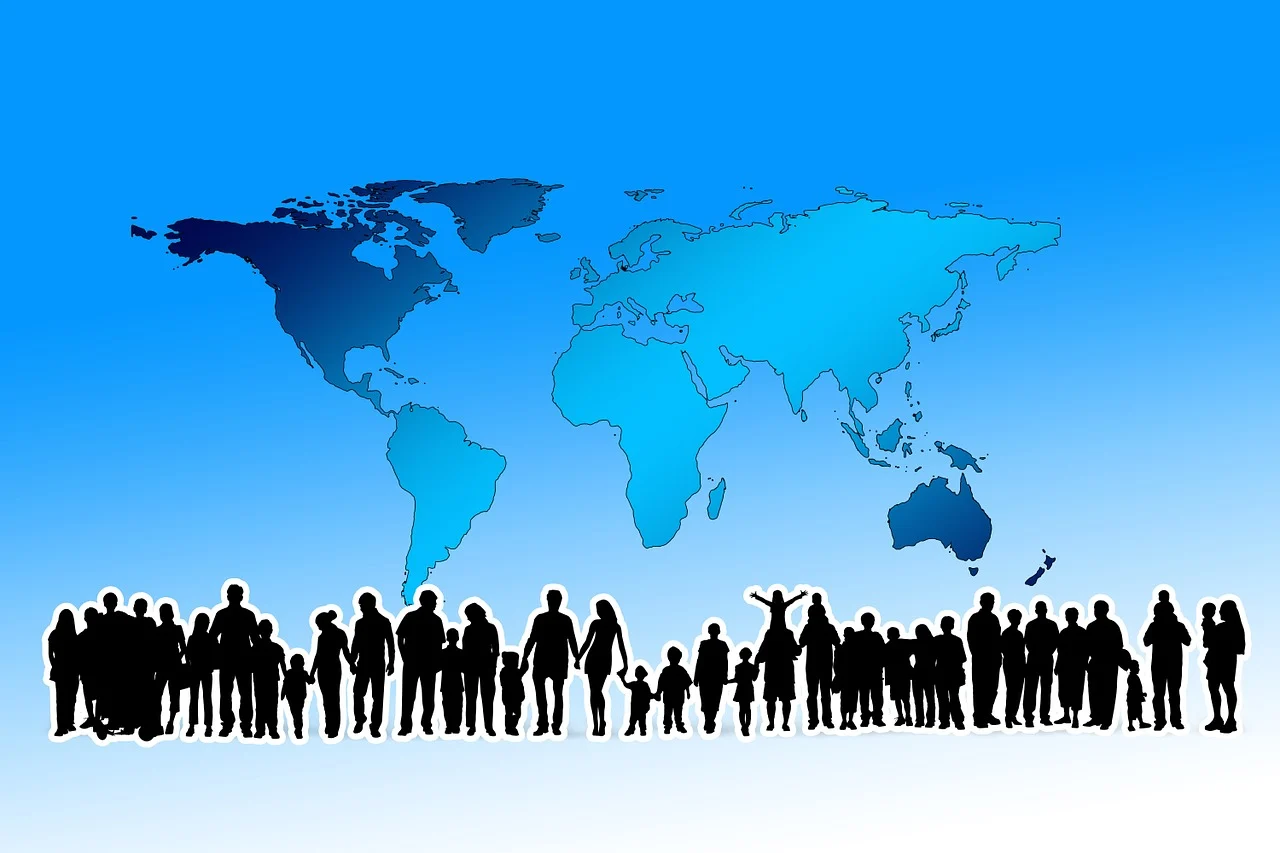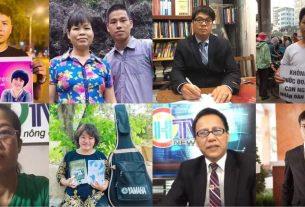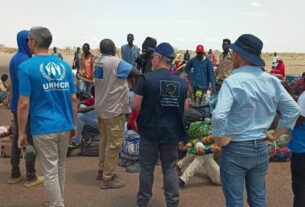In 2023, the number of asylum-seekers globally hit an alarming milestone. According to the UN Refugee Agency (UNHCR), 8 million people are currently waiting for decisions on their asylum claims. This staggering figure encapsulates the uncertainty, fear, and hope that millions of people face as they navigate a complex and often hostile asylum process. The numbers reflect a broader crisis in global migration and protection systems that is exacerbated by conflict, political instability, environmental disasters, and economic collapse.
The Global Context of Asylum
Asylum-seekers are individuals who have fled their home countries due to fear of persecution based on race, religion, nationality, social group, or political opinion. Under international law, they have the right to seek protection in a third country. However, the road to safety is fraught with challenges, not least of which is the lengthy and unpredictable asylum process.
The situation of asylum-seekers is part of a broader trend. According to the UNHCR’s Mid-Year Trends 2023 report, the global population of forcibly displaced people, including refugees, asylum-seekers, and internally displaced persons (IDPs), continues to grow. As of mid-2023, the number of refugees and asylum-seekers reached around 45.3 million people, marking an increase of over 3 million from the previous year. The factors driving this surge are multiple and complex.
Drivers of Asylum Seekers’ Flight
- Conflict and War: Ongoing conflicts in places like Syria, Afghanistan, Ukraine, and Myanmar continue to push people to seek refuge abroad. For example, the war in Ukraine displaced millions, many of whom fled to neighboring countries and beyond. Similarly, the war in Sudan, alongside instability in regions such as the Sahel in Africa, has resulted in mass displacement.
- Human Rights Violations and Political Persecution: In many countries, political repression and human rights abuses fuel asylum claims. Authoritarian regimes, crackdowns on free speech, ethnic violence, and persecution of religious minorities or LGBTQ+ communities often compel people to flee their homelands in search of safety.
- Environmental Factors: The increasing frequency of climate-related disasters—such as floods, droughts, and hurricanes—are pushing more people to leave their homes. While the term climate refugee is not legally recognized under international law, there is growing recognition of the intersection between environmental degradation and forced migration.
- Economic Instability: Poor economic conditions, exacerbated by global crises such as the COVID-19 pandemic or economic sanctions, also force people to seek asylum. People fleeing dire poverty or lack of basic resources often take perilous journeys to richer countries in search of a better life.
The Asylum Process: A Long Road Ahead
For many asylum-seekers, the waiting period for a decision on their claim can stretch for months or even years. This prolonged uncertainty has profound psychological and social effects. According to a report by the Refugee Council (UK), the waiting period often leads to:
- Mental Health Struggles: Prolonged uncertainty leads to anxiety, depression, and post-traumatic stress disorder (PTSD), especially for those who have already experienced trauma in their home countries.
- Economic Hardship: Asylum-seekers are often restricted in their ability to work or access basic services during the waiting period, leaving them vulnerable to exploitation, poverty, and destitution.
- Social Isolation: Living in limbo without legal status or clear prospects can isolate individuals from society, limiting their access to education, healthcare, and meaningful social interaction.
Moreover, the backlog of asylum claims has reached crisis levels in several countries. For example, the United States, which saw a sharp rise in asylum claims from countries like Venezuela, Nicaragua, and Guatemala, reported a backlog of over 1.5 million asylum claims in 2023. Similarly, European Union countries are also grappling with rising asylum claims, while many EU states lack the infrastructure to process cases efficiently.
Political Responses and Challenges
Despite the clear humanitarian need, many countries have increasingly adopted restrictive asylum policies. The rising number of asylum claims, combined with a growing anti-immigrant sentiment, has led some governments to tighten their borders and limit protections for asylum-seekers. For instance, the European Union’s Dublin Regulation has faced criticism for its role in creating a “hotspot” system, in which countries at the EU’s borders, such as Greece and Italy, bear the brunt of asylum claims, often in overcrowded camps with poor conditions.
In the United States, the controversial Remain in Mexico policy, which forced asylum-seekers to wait on the Mexican side of the border while their claims were processed, was reinstated under the Biden administration after an initial attempt to end it. This policy, alongside the Title 42 public health order (which blocked many asylum claims during the COVID-19 pandemic), has drawn sharp criticism from human rights organizations.
Despite these challenges, some countries have taken more progressive steps. Canada, for example, has maintained an open-door policy to refugees and asylum-seekers, in part due to its resettlement programs and commitments to international humanitarian law.
The Human Cost of Waiting
The humanitarian cost of waiting for an asylum decision is immense. Families live in constant uncertainty, unable to plan for their futures or integrate fully into their new societies. Many asylum-seekers live in temporary shelters, relying on humanitarian aid, while others end up in informal settlements or even on the streets, vulnerable to exploitation, trafficking, and violence.
A report from Doctors Without Borders (MSF) notes that asylum-seekers are often subjected to harsh living conditions during their prolonged stay in camps or detention centers, with limited access to healthcare, education, and employment opportunities. This isolation further compounds the trauma they have already experienced.
Moving Forward: Solutions to the Crisis
Addressing the plight of 8 million asylum-seekers requires both immediate and long-term solutions:
- Improved Processing Systems: Countries must invest in expanding and improving asylum processing systems to reduce the waiting period. This could involve increased staffing, better technological infrastructure, and faster decision-making processes.
- Fair and Transparent Asylum Policies: The international community must ensure that asylum-seekers are treated with dignity and respect, and that asylum systems are based on fairness, transparency, and human rights principles. This includes improving access to legal representation and ensuring that asylum claims are assessed in a timely manner.
- Enhanced Global Cooperation: A multilateral approach is needed, with countries working together to share the responsibility of hosting refugees. This involves not only resettlement programs but also financial support for countries hosting large numbers of refugees.
- Supporting Integration: It’s not enough to merely offer asylum; countries must also invest in programs that help asylum-seekers integrate into society. This includes language courses, job training, and mental health support.
- Addressing Root Causes: Ultimately, the global community must address the root causes of forced migration, including conflict resolution, human rights protection, and climate change mitigation.
Conclusion
The story of the 8 million asylum-seekers waiting for decisions is a story of hope, hardship, and resilience. While these individuals have fled danger and persecution in search of a better life, their journey is often marked by prolonged uncertainty and suffering. The international community must not only improve asylum procedures but also address the underlying drivers of displacement, so that one day, these 8 million lives in limbo may find the security and opportunity they deserve.
References:
- UNHCR. (2023). Mid-Year Trends 2023. Retrieved from UNHCR Mid-Year Trends.
- Refugee Council. (2023). The Mental Health Impact of Prolonged Asylum Claims. Retrieved from Refugee Council.
- Doctors Without Borders (MSF). (2023). Living in Limbo: The Struggles of Asylum Seekers. Retrieved from MSF.
- UNHCR. (2024). Global Trends: Forced Displacement in 2023. Retrieved from UNHCR Global Trends.



